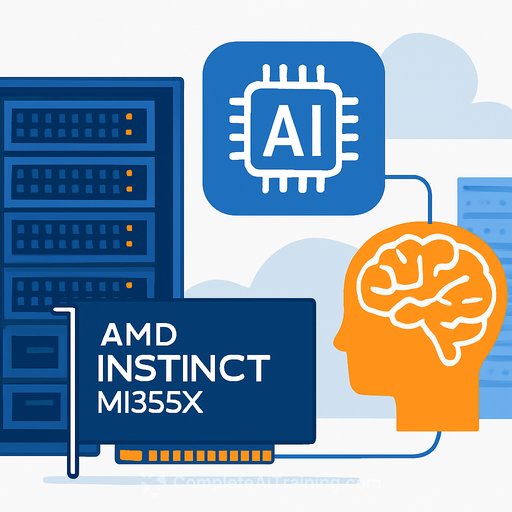China's Draft Cybersecurity Law Amendment Puts AI Safety and Development on the Table
China is moving to update its Cybersecurity Law with a new focus on AI. A draft amendment headed to the upcoming NPC Standing Committee session introduces provisions to support AI development while tightening expectations around safety and personal data protection.
The session is scheduled for Oct. 24-28. If you build, deploy, or secure AI systems in China or for Chinese users, this is your early signal to get your stack and processes in order.
What's changing in the draft
- Refined legal liabilities: clearer accountability for violations tied to AI systems and cybersecurity duties.
- Expanded guiding principles: broader direction for how cybersecurity efforts should be planned and executed.
- Closer alignment with existing laws: stronger consistency with the Civil Code and the Personal Information Protection Law (PIPL) on personal data handling.
- New AI article: support for basic research and key algorithmic innovation, improvements to AI infrastructure, and the establishment of ethical norms.
Why this matters for IT and development teams
- Data duties tighten: expect stricter expectations on consent, purpose limitation, and minimization for training and inference data under PIPL-aligned enforcement.
- Model accountability: more pressure to document model intent, risks, and safeguards-especially for high-impact use cases.
- Infra expectations: signals investment in compute, data platforms, and security controls with traceability and auditability.
- Ethics in practice: anticipate requirements around human oversight, misuse prevention, and user transparency.
What to prepare now
- Data mapping and retention: catalog datasets used for training and inference, define retention limits, and implement deletion workflows.
- Risk assessments: run pre-deployment and periodic model risk reviews covering bias, safety, security, and privacy impacts.
- Observability: add logging for data inputs, model versions, prompts, outputs, and human overrides. Keep audit trails.
- Guardrails: implement content filters, rate limits, red-teaming, and fallback flows for sensitive or high-stakes tasks.
- Human-in-the-loop: require human review for decisions that affect rights, access, or financial outcomes.
- Third-party controls: assess vendors and open-source models for data provenance, licensing, and known vulnerabilities.
- Incident response: define playbooks for model drift, prompt injection, data leakage, and policy violations.
- Documentation: maintain model cards, data sheets, DPIAs, and security test results; update them on each release.
Timeline and next steps
The 18th session of the 14th NPC Standing Committee runs Oct. 24-28. Watch for the final text and any follow-on implementation rules from sector regulators. Plan for a grace period but assume enforcement will favor teams with clear documentation and controls already in place.
Helpful references
Level up your team
If you're formalizing AI risk, governance, and deployment skills across roles, explore curated paths for engineers, data teams, and product leaders.
Your membership also unlocks:






